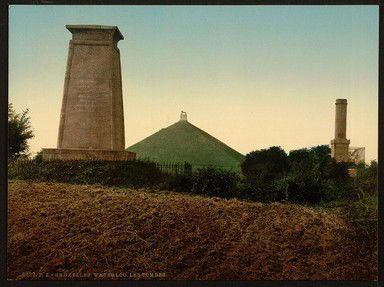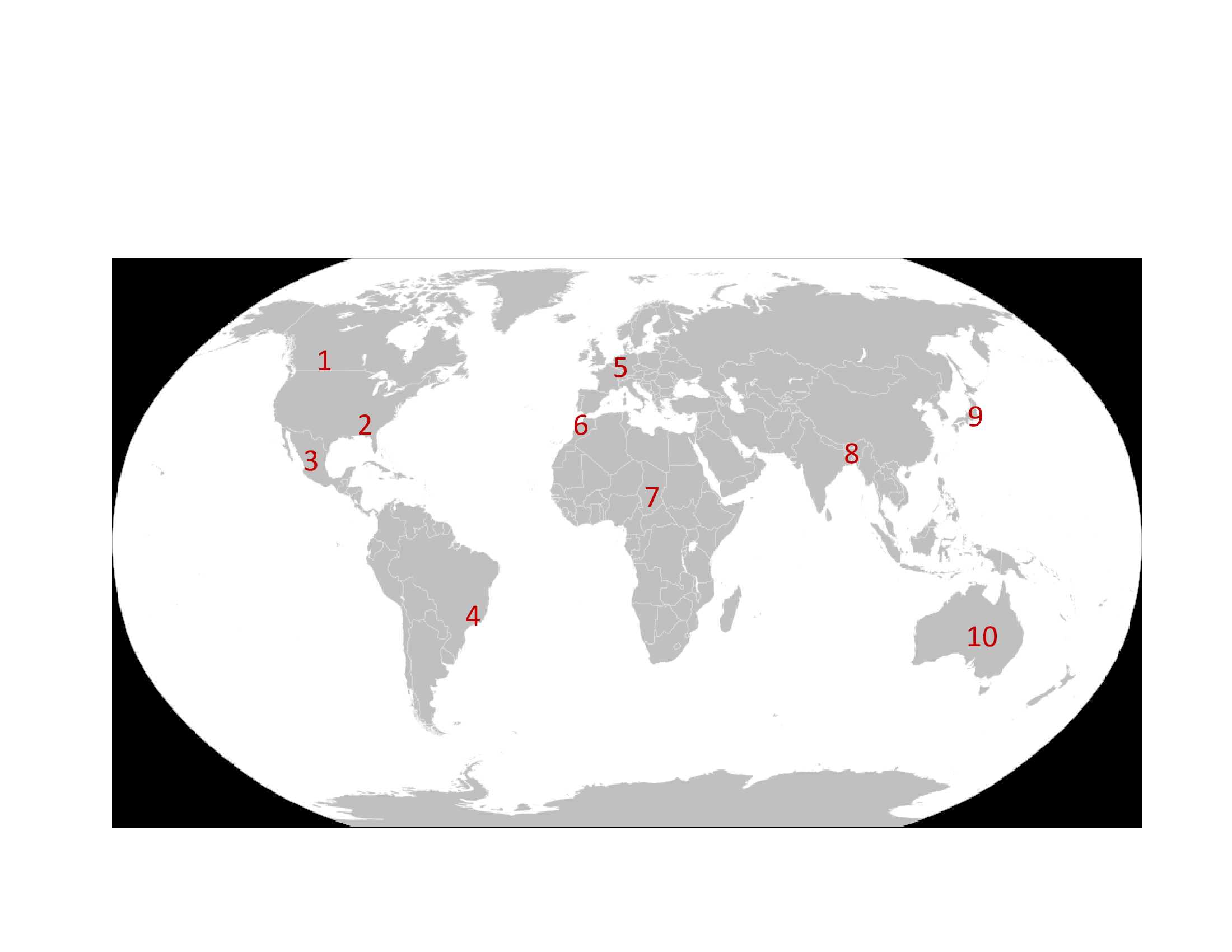
Come Gather 'Round Trivia Quiz
Singing Around the World!
Songwriters find their inspiration in many different ways; their past experiences, travels, and beliefs all play a huge role in the making of their music. The songs in this quiz are associated with geographic locations found in the songs' titles.
A label quiz
by ponycargirl.
Estimated time: 3 mins.
